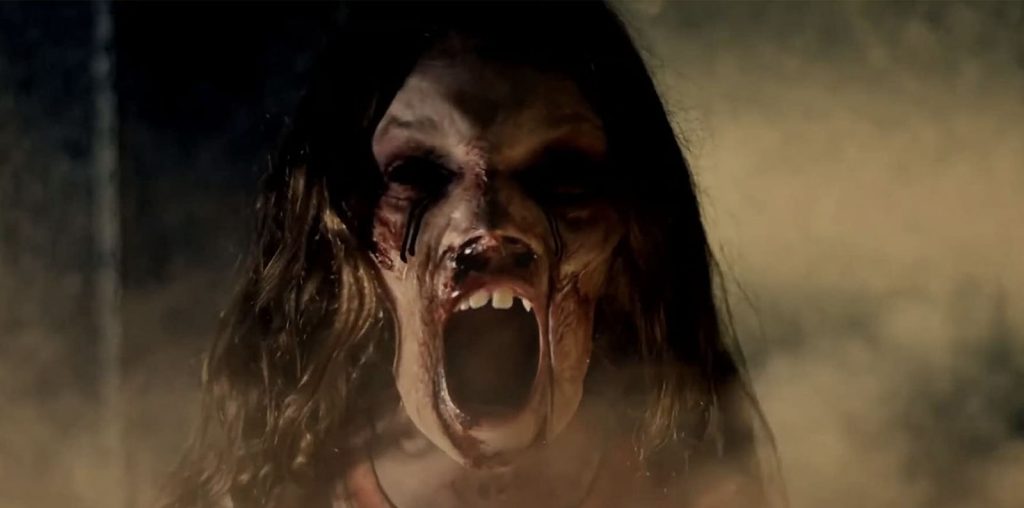
Breaking down the avant-garde isn’t a particularly joyful task for our current blockbuster landscape, emphasizing films now be “upgraded” to 3-D after being shot. But, Chuck Workman’s “Visionaries” makes a defiant point that cinema can be engaging so long as directors and artists dare to push the medium forward.
It also helps if you’re named Jonas Mekas and run a little thing called The Anthology Film Archives.
Workman employs the traditional three part documentary combination (montage/talking head/clips) to play primer for an audience that likely has never heard of Stan Brakhage, Su Fruedriech or—for a split second in the montage—Mike and George Kuchar. There’s “Rose Hobart,” Joseph Campbell’s experimental short that took found footage and laid the foundation for the type of experimental mash-up videos that the Internet run on. And of course, Warhol shows up thanks to a brief segment from “Sleep” followed by a particularly tongue-in-cheek interview (“[Film] is so easy. You just turn the camera on and walk away.”)
Workman’s structure does bring a few questions to mind, especially in the amorphous definition of “avant-garde” and “underground” filmmaking. The case-in-point there is Robert Downey, Sr., who is presented during “A Very Cold Winter Night at the Anthology” to screen “Pound.” Downey Sr. is undoubtedly a member of the underground movement, a majority of whose films are lost to us due to disregard, but is he avant-garde? Kenneth Anger, also interviewed against the backdrop of the Anthology, is asked about “Scorpio Rising” and “Lucifer Rising.” But trying to peg him down—as Workman attempts with the question of “Scorpio” being Queer Cinema—evokes the director’s surname: “These aren’t queer films. I find offense in that. These are Kenneth Anger movies. Nothing else.”
If being avant-garde is a matter of pushing the medium, wouldn’t “Avatar” fall under the same realm? In terms of style choices, Workman hijacks his own cinematic lecture with a gray bar that flies across the top of the screen, obscuring footage and reference material through the first 2/3rds to provide quotes from some of the directors. It’s a distracting tool, ripping us out from the visual landscape that we’re supposed to be introduced to and giving a gentle nudge that we, as an audience, can’t quite comprehend these works without a gray bar and white text.
But “Visionaries” isn’t a film that doesn’t want to just provide background—it’s a love letter to director Jonas Mekas, one of—if not the—influential underground directors and master of a style that is documentary, but also a self-examination of his world. That may seem a bit obtuse, but go explore the works of Mekas, especially on his own (html: http://www.jonasmekas.com/) site, and you’ll be able to see it. Workman takes care with how Mekas is presented, especially when it comes to explaining the importance of the Anthology Film Archive, arguably one of the last bastions for repertory films on the east coast. Through Mekas, we have a living symbol that alternative filmmaking can exist in an age when more people are concerned with engaging social media and networking over walking down the street with a Bolex or Sony camcorder.
Of course Workman’s agenda can be painfully clear, such as during his third act devoted to Mekas he reveals that the Anthology rents itself out as a theater (OH NO), implying sometimes it doesn’t play experimental cinema. Showcasing a line of hipsters and other mid-twentysomethings waiting to get in for the 48-Hour Film Festival (“Do you know who Jonas Mekas is,” Workman asks a random guy. “No, dude. I’m just here to see a film I made.”)
“Visionaries” provides a decent start to our gentle film theory students in the making, but it’d be even better if this came right out and admitted that this film is for all the incredible work that Jonas Mekas and the Anthology bring us.
